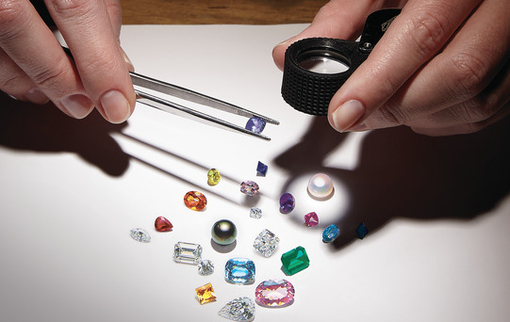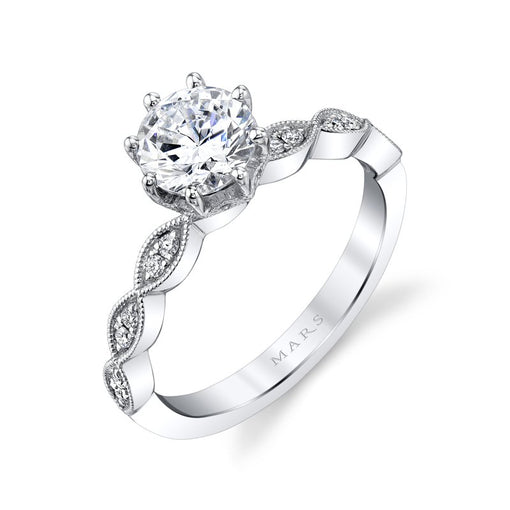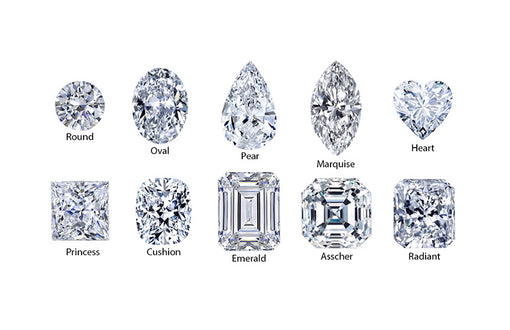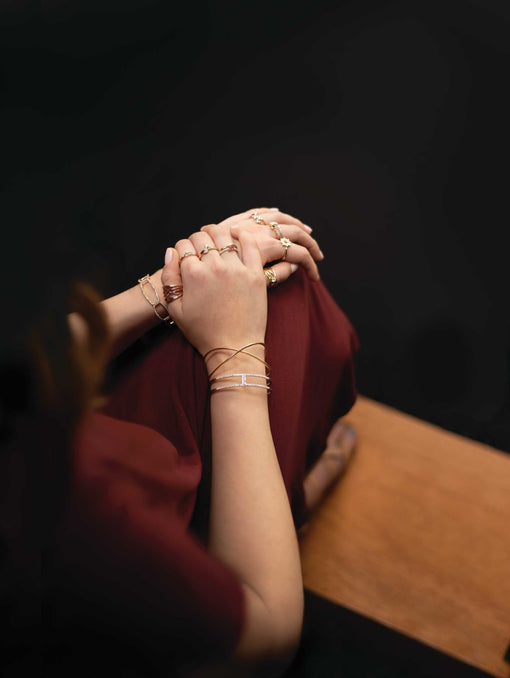
- Article published at:
- Article author: Gemmas Jewelers
- Article tag: alexandrite
- Article comments count: 1
A gemstone is a mineral or rock, which can be used in jewelry after cutting or faceting and polishing. Gemstones are diverse in their beauty and many gems are available in a stunning variety of colors. Gemstones are used in jewelry since ancient times. The diamond is one of the most preferred gemstones but there are some other gemstones also which look very good in jewelry as well as cost very less as compared to diamonds.
Gemstones are available in many varieties and buying a gemstone or gemstone jewelry is not an easy task. It is advisable to you to get some knowledge, about gemstones and their characteristics, before buying. You can get detailed information on each and every aspects of gemstone in our gemstone guide.
Gemstone Buying Tips
These below mentioned gemstone buying tips will certainly help you in finding the most suitable color stone, you are looking for.
Usually most people consider 4Cs - color, clarity, cut and carat, are applicable in case of diamonds but the same 4Cs also apply to colored gemstones, though the grading is not nearly as uniform. These 4Cs will help you to choose the best gemstones on the same criteria on which jewelers use to select them.
Gemstone Color
Color is the most important factor in determining the value of colored gemstones and most dealers assess the color component of a stone at between 50 – 70% of its value.
Gemstones are found in all the colors, one can imagine and color of a gemstone depends on following three characteristics: hue, saturation, and tone.
Hue - Hue is the basic color of the gemstone that can be described as a shade or tint of a color. While almost all gemstones have some shades of other colors, the most valuable gemstones are those that exhibit a pure color and only ‘slight’ hues of other colors in addition to their primary color.
Saturation - Saturation is a measure of the intensity or purity of a gemstone's hue or color. A gemstone, which is free of gray or brown hues, is considered strongly saturated and is more valuable than a gemstone with lower saturation. Saturation often decides the cut of a gemstone.
Tone - Tone represents the depth of a gemstone color that is relatively light or dark of a Hue. It is described as ‘light’, ‘medium-light’, ‘medium’, ‘medium-dark’, and ‘dark’ where medium-light to medium-dark tone is considered as most valuable range.
All the above three characteristics are associated with each other and plays very crucial role in determining the gemstone’s color. The more intense the color, more value it has. This does not mean darker, but intense.
Buying Tips for Gemstone Color
When you buy a colored stone, you should give a close attention to the color of the gemstone. Gemstone should not be too dark or too light. Usually a gemstone with bright, rich, intense, pure, and vivid color is always best.
The best way to see the true color of a gemstone is by looking at it against a white surface.
When you buy gemstones, you should check them under different light conditions. If gemstones contain color change characteristics then these should display a strong change in color between alternative exposure to daylight and incandescent light sources.
Gemstone Clarity
Clarity is a term used to describe the absence or presence of flaws inside or on the surface of a gemstone. Clarity is also an important factor in determining quality and the value of a gemstone.
A flawless gemstone is rare and usually expensively priced. Most gemstones contain inclusions, or tiny mineral flaws, that can be seen under magnification or by the careful eye. But if these imperfections do not affect the durability of colored gems then the value of the gems except diamond will not affect much.
Colored stones have different habits of clarity, so that they are classified into three ‘Types’, which are defined as under:
Type I - Type I colored stones include stones with very little or no inclusions. This category can include Aquamarine, Blue Topaz, Zircon, Morganite, Tanzanite, etc.
Type II - Type II colored stones include stones that often have a few inclusions. This category can include Corundum, Garnets, Iolite, Peridot, Quartz (Amethyst, Citrine, Ametrine), Ruby, Sapphire, Spinel, etc.
Type III - Type III colored stones include stones that usually always have inclusions. This category can include Emeralds, Tourmaline, etc.
Buying Tips for Gemstone Clarity
Usually colored gemstones are examined from the top or face up position. So when you buy a gemstone, you should examine it from the top and if an inclusion or flaw doesn't show in the face up position, then it won't affect the value and beauty much. In the same manner, if the gemstone setting hides an inclusion, then also it won't affect the value and beauty much.
You can use jeweler’s 10X magnifying glass or a microscope to examine gemstone’s imperfections.
When you buy a gemstone, you should give more importance to its color instead of its clarity.
Gemstone Cut
A gemstone's cut refers to its proportions and symmetry. Quality of the cutting is very important factor influencing the overall beauty of the gemstone.
A well-cut faceted gemstone reflects light back evenly across its surface area when held face up. If the stone is too deep and narrow, surface area will be dark and if it is too shallow and wide, parts of the stone will be washed out and lifeless.
To cut a gemstone, its color is also taken into account for optical efficiency. If a stone's color is highly saturated, a shallow cut will allow it to pass more light, while a deeper cut may increase the vividness of a less saturated gem.
You can find a gemstone in various cuts like Cabochon, Table, Rose, Brilliant, Square, Triangular, Step, Emerald etc.
The process of cutting and polishing gems is called gem cutting or lapidary. Few gemstones such as pearls and coral (usually referred to organic minerals) are not cut at all and many times left in their natural state. However, it is customary to polish these gemstones.
The gemstone cutter tries to maximize the yield and produce the largest stones from the available material. Since gemstones are sold by weight, larger stones are usually worth more than smaller stones.
Buying Tips for Gemstone Cut
When you buy a gemstone, you should always go for the ideal cut gemstone with the desired shape. A good cut is something that may not cost more but can add or subtract a lot of gemstone beauty.
You should always ensure that gemstone is properly polished and with perfect symmetry. The stone should be symmetrical in all dimensions so that it will appear balanced.
When you buy a gemstone, you should give preference to wearer’s personal choice regarding the gemstone cut and shape.
Gemstone Carat Weight
A gemstone's weight is measured in carats and 1 carat equals 0.2 grams or 1/142 of an ounce.
A carat may also be displayed in points and 1 carat is divided into 100 points. Therefore, 1/4 carat gemstone is considered as 25 points and ½ carat gemstone is considered as 50 points and so on.
Gemstones are usually sold by weight and not by size. Some gemstones are denser than others so the same carat weight stones may come in different sizes.
The price of a gemstone rises exponentially with its size. So, a 2 carat ruby stone of a given color and quality is always worth much more than two 1 carat ruby stones of the equal color and quality.
Buying Tips for Gemstone Carat Weight
The carat weight of a gemstone will always depend on your budget.
You must buy an average sized gemstone with good color, cut and clarity instead of buying a larger gemstone with not so good color, cut and clarity.
This term ‘Carat’ is different from the term ‘Karat’ which is used to describe gold's fineness or purity.
Gemstone Enhancement / Treatment
Gemstone Enhancement is a treatment process other than cutting and polishing that improves the appearance (color / clarity), durability of a gemstone.
There are many ways to enhance the appearance and durability of gemstones. For example, heating, oiling, irradiation, waxing, dying, bleaching etc. Some of these treatments or enhancements, are permanent where as others are temporary.
Gemstone enhancement has become very common as well as accepted practice and vast majority of stones are treated in some way. Most gemstone enhancements greatly improve the appearance and hence the value of a stone.
Buying Tips for Enhanced / Treated Gemstone
When you buy a gemstone, you must ensure that whether gemstone is natural or treated and if it is treated or enhanced then what method of treatment was used.
Treated or enhanced gemstones are generally available in less price as compared to natural or non-treated gemstones.
When you buy a treated or enhanced gemstone then you must ask the jeweler that whether the treatment is permanent or temporary and whether the stone requires any special care.
Gemstone Certificate
A Gemstone Certificate or Gemstone Grading Report is a statement, issued by an independent Gemological Laboratory, that at the time of evaluation, the gemstone in question has been examined, measured, and scrutinized by experienced stone graders, using various gemological instruments, and determined to contain the characteristics as stated in the Certificate or Report.
There are many reputed laboratories available for gemstone certification, which are known for their consistency and unbiased gemstone grading systems. For example, The Gemological Institute of America (GIA) and The American Gem Society Laboratories (AGSL).
Buying Tips for Gemstone Certificate
When you buy a costly gemstone, you should always ask for a gemstone certificate. It may cost you little more money but it will provide you a much-needed peace of mind knowing that you are getting your money’s worth.
A gemstone certificate gives you the exact details of the stone and on the basis of this information you will be able to do some comparison-shopping before doing the actual purchase.
A gemstone certificate allows you to pay the money on basis of stone’s characteristics. Your jeweler won’t be able to charge you more and there are very good chances to get the best deals.
On re-sale of gemstone along with its certificate, you will get better price for the stone.
To get insurance for your gemstone, you also need to produce gemstone certificate.
General Buying Tips
You must set your budget for buying a gemstone and then explore all options. In this way, you'll find a wide range of gemstones with different carat weights and qualities in your price range.
Always buy a gemstone which fulfills the basic criteria of 4Cs and suitable to your budget.
You should give priority to gemstone color over cut, clarity and carat weight.
When you are buying a gemstone for your loved ones, always keep their personality and preferences in mind.
You should also ask your jeweler, if the gemstone you are considering buying is treated to enhance color or cover flaws. A treated gemstone should cost less than a natural gemstone.
Always buy a gemstone from a reputed and a known jeweler. If you don’t know any good jeweler, you should ask your family members or friends for their recommendations.
Beware of jewelry store lighting which usually consists of quartz or halogen bulbs. These can deceive as they blast high-intensity streams of light into goods to make them look like the crown jewels.
While buying a gemstone, you should not be in hurry or in pressure. You should buy it at your convenience and at your own pace.
Now after reading these above mentioned gemstone buying tips, you can go ahead to buy a gemstone with more confidence.
Learn More




